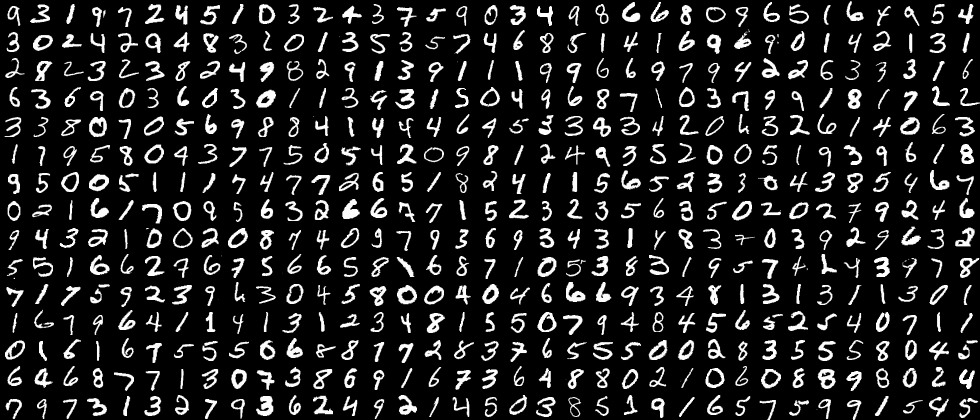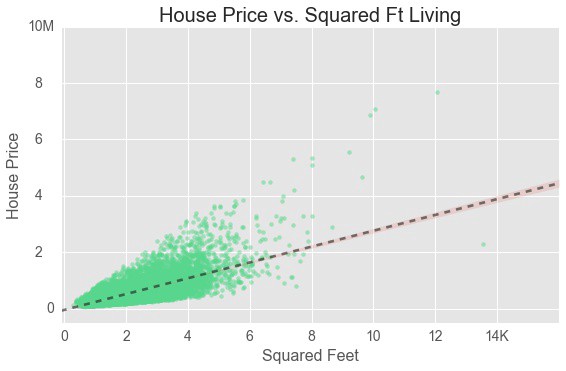Mathematical Foundations of Machine Learning
Prof. Matthieu Bloch
Monday August 19, 2024 (v1.1)
Today's class
Objective 1: ease into vector spaces of functions
- Why it matters to ML
- Why you might have seen it already in some form
- Why we'll need linear algebra!
Objective 2: write a few proofs together
- How to write clean proofs

Representation and approximation in ML

- Regression and classification in machine learning
- Many problems reduce to fitting a function \(f:\bbR^d\to\bbR\) to data \(\set{(\bfx_i,y_i)}_{i=1}^n\)
- \(f\) is the unknown quantity, and we want \(f(\bfx_i)\approx y_i\) so that we can predict \(f(\bfx)\) for every \(\bfx\in\bbR^d\)
- Classification: predict a label
- Regression: predict a real number

Fundamental question: how do we represent a function in a computer?
- A computer only stores a sequence of (quantized) real values
- What does it mean to "store"a function, say \(f(x)=\sin x\)
Solution: use a basis expansion \(f(\bfx)\approx\sum_{i=1}^m\alpha_i h_i(\bfx)\)
- \(\set{h_i}_{i=1}^m\) are called basis functions (how do we choose them?)
- The approximation is called a linear basis expansion
- Representing \(f\) amounts to finding \(\set{\alpha_i}_{i=1}^M\) - we'll try to formalize this later
Example: Polynomials
There is a natural "basis" for representing polynomials of degree \(i\) \(p(x) = \sum_{i=0}^m \alpha_i x^i\)
- The monomials \(\set{x^i}_{i=1}^m\) can be combined to describe any polynomial of degree less than or equal to \(m\)
- The degree \(m\) controls the "richness" or "complexity" the functions we can describe
Question: which functions can be described as such?
Analytic functions on open set \(\calD\): \(f(x)=\sum_{i=0}^\infty \alpha_i (x-x_0)^i\) for every \(x\in\calD\). \[ e^x = \sum_{i=0}^\infty \frac{1}{i!}x^i\quad \log(1+x)=\sum_{i=0}^\infty\frac{(-1)^{i+1}}{k}x^k\quad \sin x = \sum_{i=0}^\infty \frac{(-1)^i}{(2i+1)!}x^{2i+1} \]
Taylor series
Let \(k\geq 1\) and let \(f:\bbR\to\bbR\) be in \(k\) times differentiable at a point \(a\in\bbR\). There exists \(h_k:\bbR\to\bbR\) such that \(\lim_{x\to a}h_k(x)=0\) and \[ f(x) = \sum_{i=0}^k \frac{f^{(i)}(a)}{i!}(x-a)^i + h_k(x)(x-a)^k. \]
Example: Lagrange Polynomials
Question: How do we find a basis expansion given \(\set{(x_i,y_i)}_{i=1}^n\)?
Lagrange polynomials \[ p(x) = \sum_{j=1}^{n} \alpha_j L_j(x)\qquad L_j(x)\eqdef \prod_{1\leq i\leq n, i\neq j}\frac{x-x_i}{x_j-x_i} \]
Given \(n\geq 1\) distinct points \(\set{(x_i,y_i)}_{i=1}^n\), there exists a unique degree \(n-1\) interpolating polynomial.
Example: Polynomial splines
Given \(n\geq 1\) distinct points \(\set{(x_i,y_i)}_{i=1}^n\) a polynomial spline \(p\) of order \(\ell\) is such that
- \(p(x_i)=y_i\) for \(i\in\intseq{1}{n}\)
- \(p\) is an \(\ell\) th order polynomial between consecutive points \(x_i\) and \(x_{i+1}\)
- \(p(x)\) has \(\ell-1\) continuous derivatives at the points \(\set{x_i}_{i=1}^n\)
- B-splines: the splines can be viewed as linear
basis expansion on a basis called B-splines
- What are the B-splines for \(\ell=0\)?
- What are the B-splines for \(\ell=1\)?
- What are the B-splines for \(\ell=2\)?
- Moving forward, we will need linear algebra to describe this
precisely and systematically
- How do we compute a linear basis expansion?
- What is a good basis for machine learning?
- How do we measure the quality of approximation?
Next time
- Next class: Wednesday August 21, 2024 3:30pm
- We will review vector spaces
- We will work towards infinite dimensional spaces of functions
- To be effectively prepared for next class, you
should:
- Read the syllabus in details
- Go over today's slides and read associated lecture notes
- Make sure you have access to Canvas, Piazza, Gradescope
- Start Homework 0 (due date: Monday August 26, 2024)
- Optional
- Export slides for next lecture as PDF (be on the lookout for an announcement when they're ready)